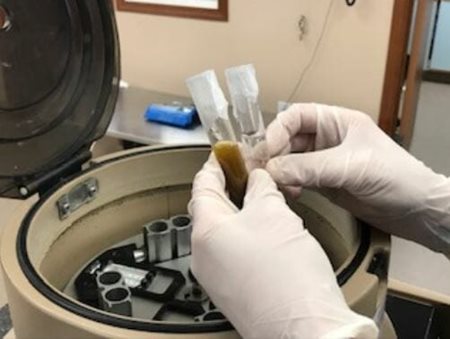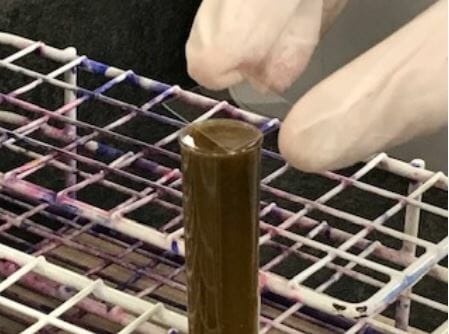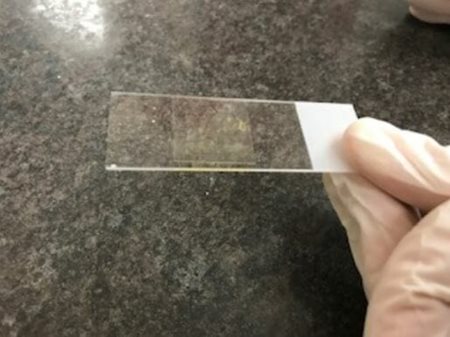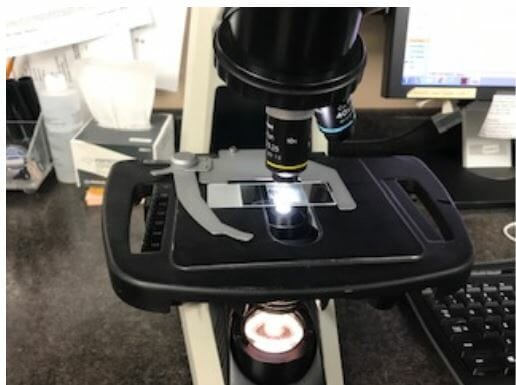Watch out! He’s going to blow! Sometimes our dogs and cats can have diarrhea, and it is just as unpleasant for them as it is for us.
Have you ever wondered what happens when you take your dog to the veterinarian and hand over a little baggie of runny poop for a Dog Fecal Exam?
Well, first of all, the treatment staff take out their handy dandy clothes pins and apply them to their noses. No, not really, I just wanted to see if you were still with me.
A small portion of the stool sample is transferred to a container with a lid and a special liquid is applied. Here it is shaken gently to mix then transferred to a centrifuge tube. The tube is then placed into the centrifuge machine. Once the tube with the liquid poop mixture is balanced with another tube filled with water the machine is securely closed and started. It will then be set at a specific speed to spin for 5 minutes which causes the denser particles to sink to the bottom and the less-dense particles to rise to the top.

When the centrifuge has finished its spin cycle the centrifuge tube with the poop is then transferred to a holding rack to sit for 15 minutes with a coverslip on top.

The technician then takes the coverslip and places it on top of a microscope slide. The slide is then viewed under a high powered microscope. They are looking for OVA (eggs of mature parasites) and giardia, that may be causing diarrhea.

A fecal smear is also created on a microscope slide and stained with a specific stain that allows clostridial and bacterial imbalances to be identified.
The veterinarian is then informed of the findings, and s/he or she will treat accordingly. By this time you have been waiting about 20 minutes (if the treatment staff were able to finish the fecal float without any interruptions) in the waiting room. Time is up, and the veterinarian will be calling you back in to discuss your results and explain a plan for treatment.
Your pet is then treated accordingly either by the use of antibiotics, probiotics or dewormers. Most dewormers for dogs and cats are administered by tablet form.
If you do have a fractious cat, we do carry ‘Profender’ which is a topical broad-spectrum dewormer. Thus dewormer can be applied to the back of your cat’s neck the same way Advantage or Revolution is applied. For dogs, we use Interceptor Flavour Tablets for puppies and Interceptor Plus for dogs that have signs of tapeworm.
Any dewormers that we administer to our pets either topical or oral tablet have no residual action. Meaning that if your pet is dewormed today, and eats a rodent-infested with worms next week, s/he will not be protected. Dewormers eradicate worms in your pet’s system, but won’t protect for a further infestation, which is why we recommend deworming your cat and or dog with every season change, or approximately four times per year. Puppies and kittens are dewormed more frequently until they are six months of age.
So next time your dog or cat has a case of diarrhea that is not resolving on its own, give us a call at 250-743-3223 come in for a visit with your veterinarian, and we will analyze your dog’s stool (or your cat’s)!
Written by: Meghan Seal, Inventory Specialist/Senior Receptionist